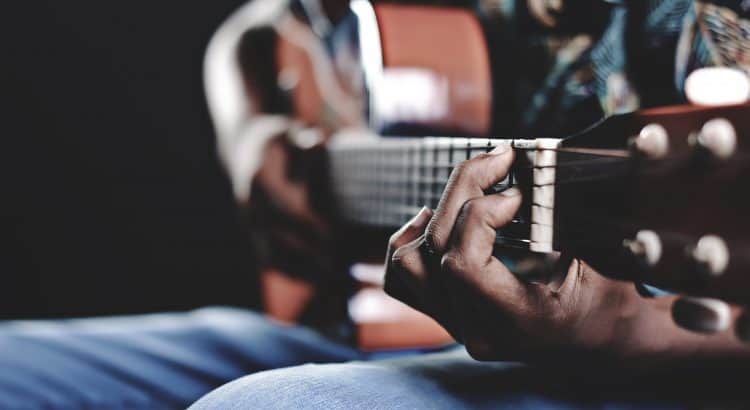It’s never too late to learn a hobby or discover a new passion. Whether you’re a kid or a kid at heart, you can always go online and find new things that will pique your interest. Maybe you finally have some time to spare for guitar lessons, so you decide to look for classes. If you don’t have a guitar yet, you might find the process of looking for one a bit daunting, which is why we have compiled a list of things to look for in a beginner guitar.
Guitar Action and String Height
You don’t need to be an expert guitar player to test this one. Pick up a guitar, place the tips of your fingers on the strings, and press down against the fretboard. The pressure that you exert before the strings touch the fretboard shouldn’t be too much, or you’ll end up with injured and severely calloused fingertips with just a few basic exercises. High guitar action can also lead to bow damage. Check if the guitar has the ideal string height of 3-4 millimeters and get the feel of the instrument by strumming some basic chords before swiping your card.
Price Over Brand
Be on budget. Don’t drain a hole in your pocket investing in a high-end branded instrument this early in the game. Price doesn’t always equate to easier playability and comfort, which is a common misconception among first-time guitar buyers. Expensive six-strings usually require more maintenance, and while you need to take care of any instrument no matter the price, a cheaper guitar is just much easier to replace if you somehow managed to break it. If you’re a complete beginner, don’t be afraid to purchase secondhand for your guitar lessons. South Jordan has plenty of stores that sell used instruments and musical gear if you decide to take this route.
Size and Weight
“My hands are way too tiny.” This is a frequent complaint among guitar beginners. Some teachers would snub this excuse and force you to endure full-sized guitar playing, but it doesn’t mean it isn’t valid. Some chords, including basic ones such as F and B, are a pain to execute with smaller hands, which is why it is only wise to get a smaller guitar, especially if it hinders your motivation to practice. Moreover, you’ll want to be able to carry your starter six-string from point A to point B with ease, so getting a massive, high-maintenance electric guitar this early is not a sound decision.
In this case, a classical guitar might be ideal for you. It might not be as loud and full-sounding as a standard steel-string acoustic but has a smaller body and soft, thick nylon strings that are easier to play. Think of classical guitars as the gateway to acoustic and electric ones. You can always switch instruments once you’ve mastered the basics.
Learning a new skill or hobby requires time, patience, and sometimes a little bit of financial investment. If you have calloused fingers, rest assured that none of this will go to waste if you’re backed with proper knowledge. So go to your nearest guitar shop now and start making music!
Photo by Ahmed Rizkhaan on Unsplash
